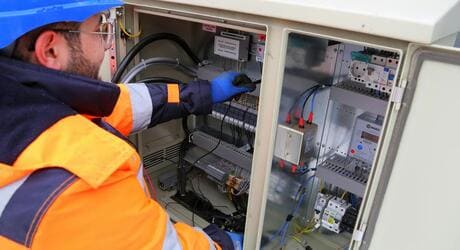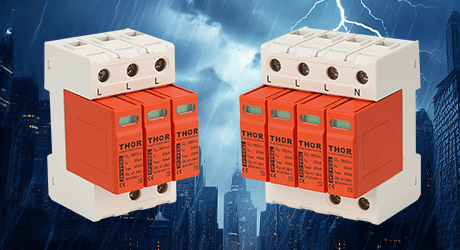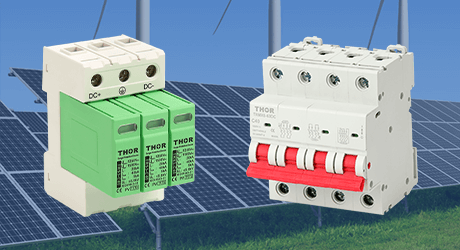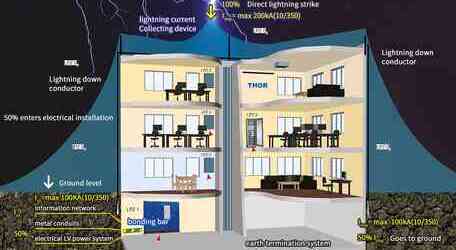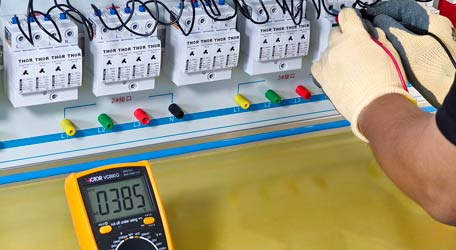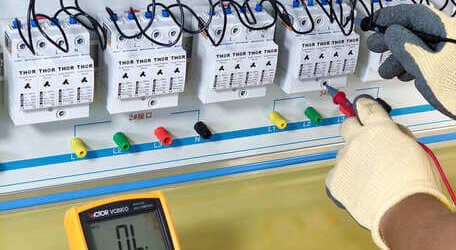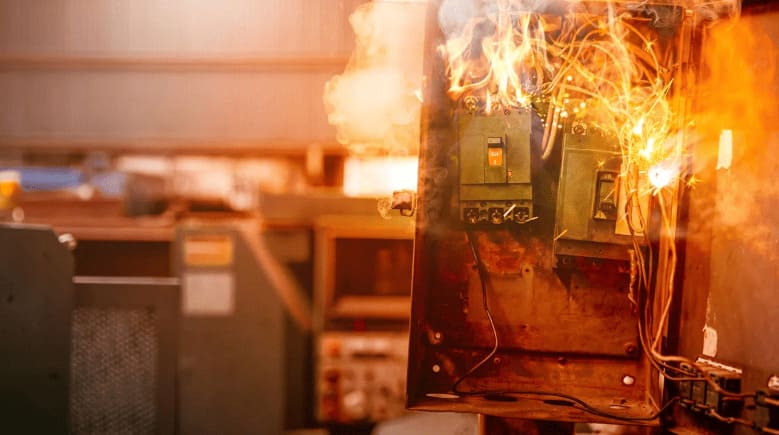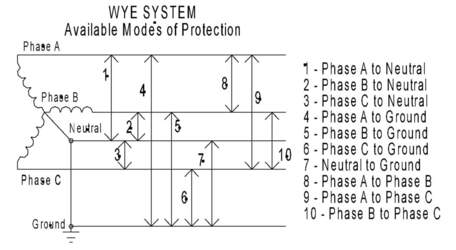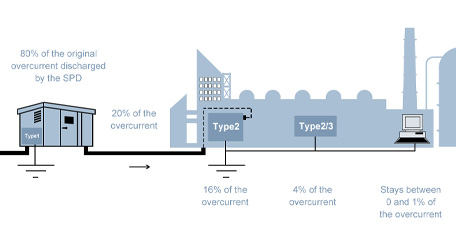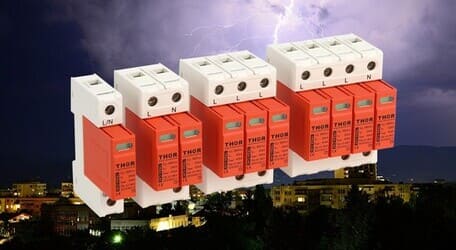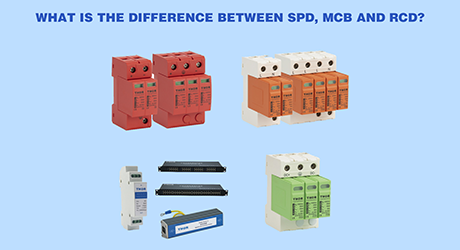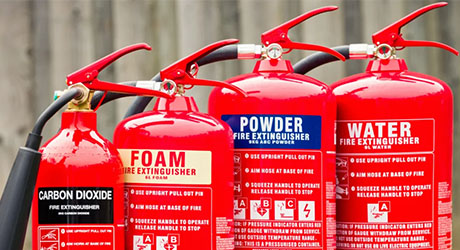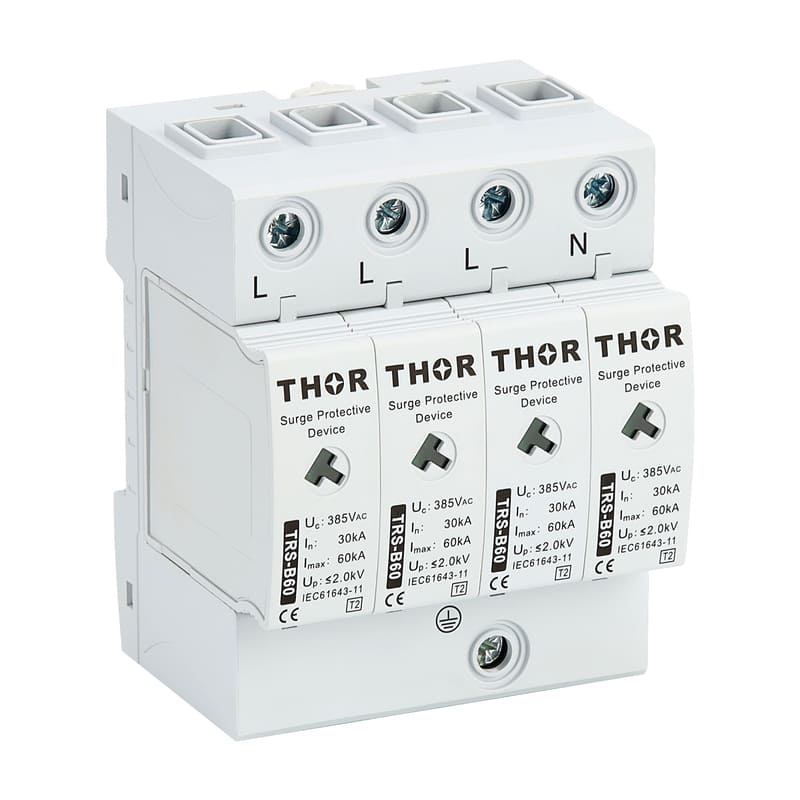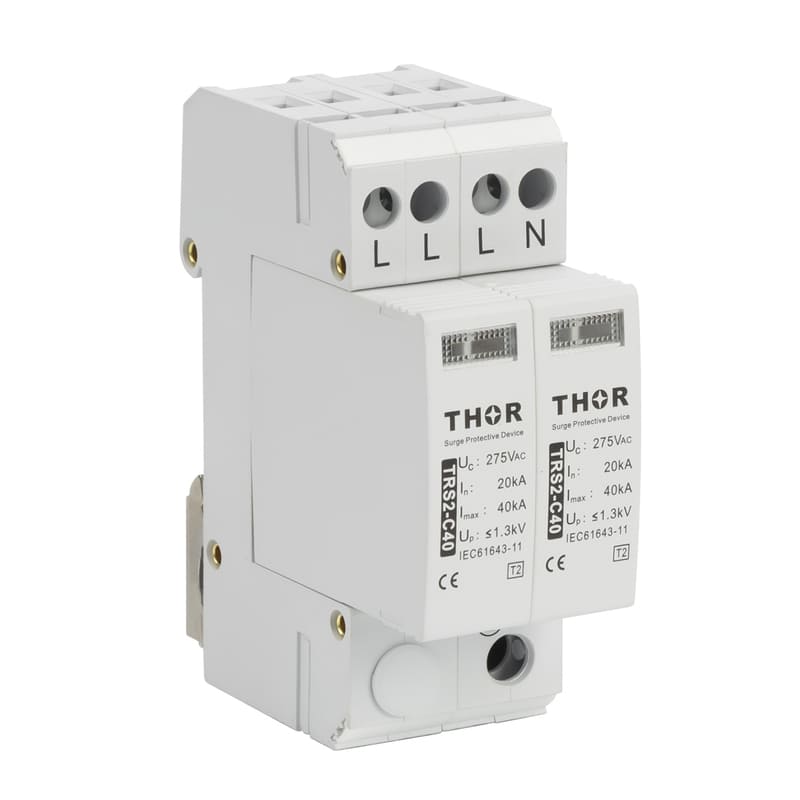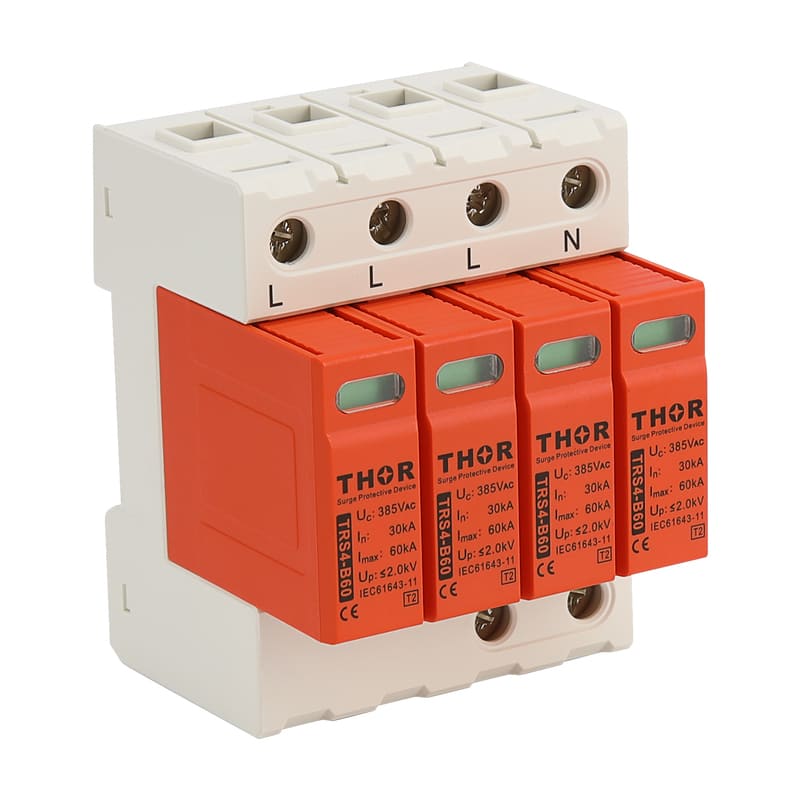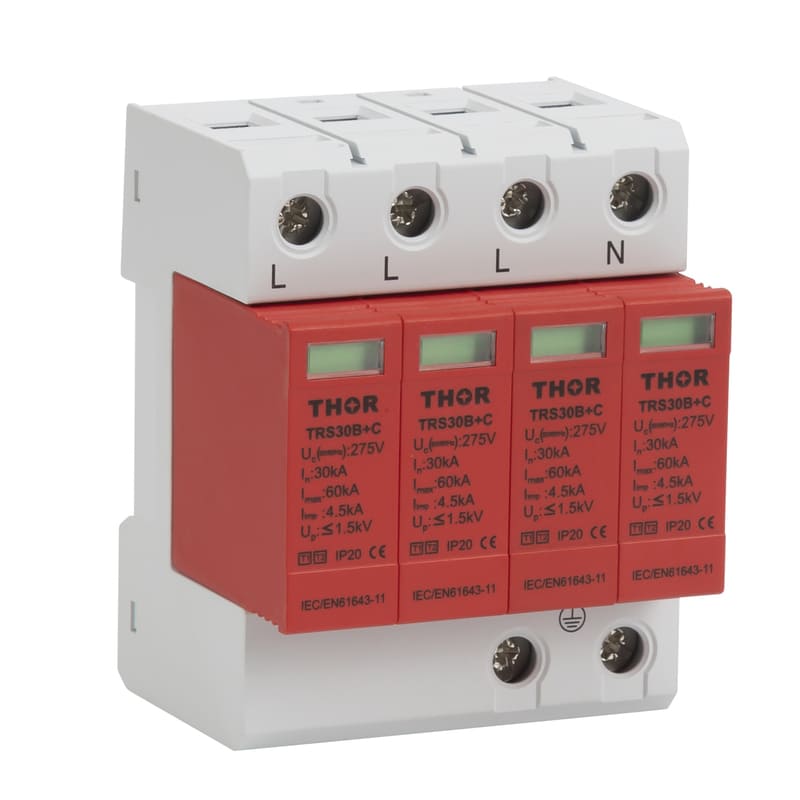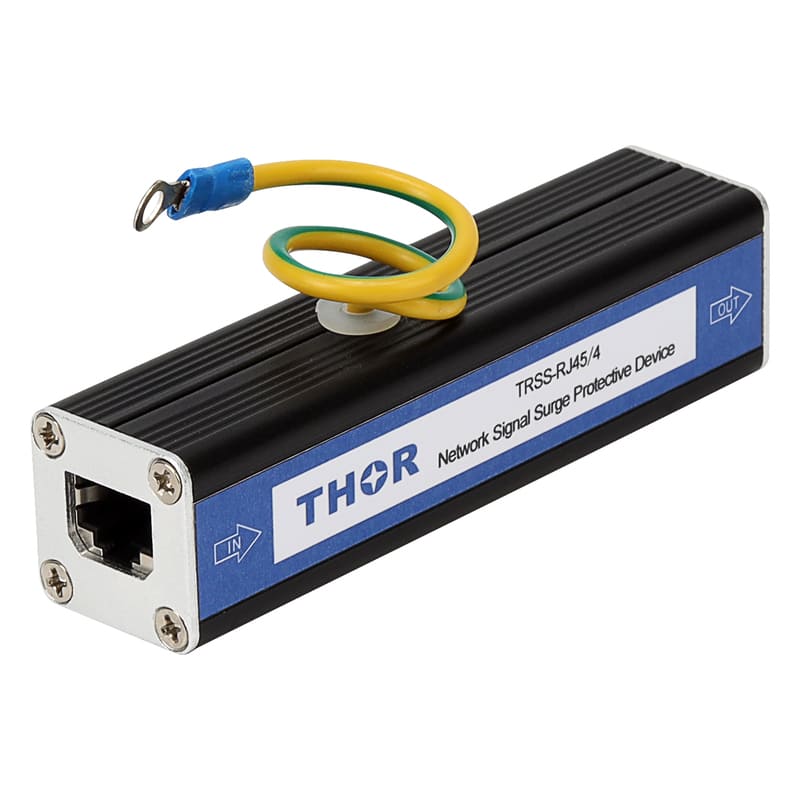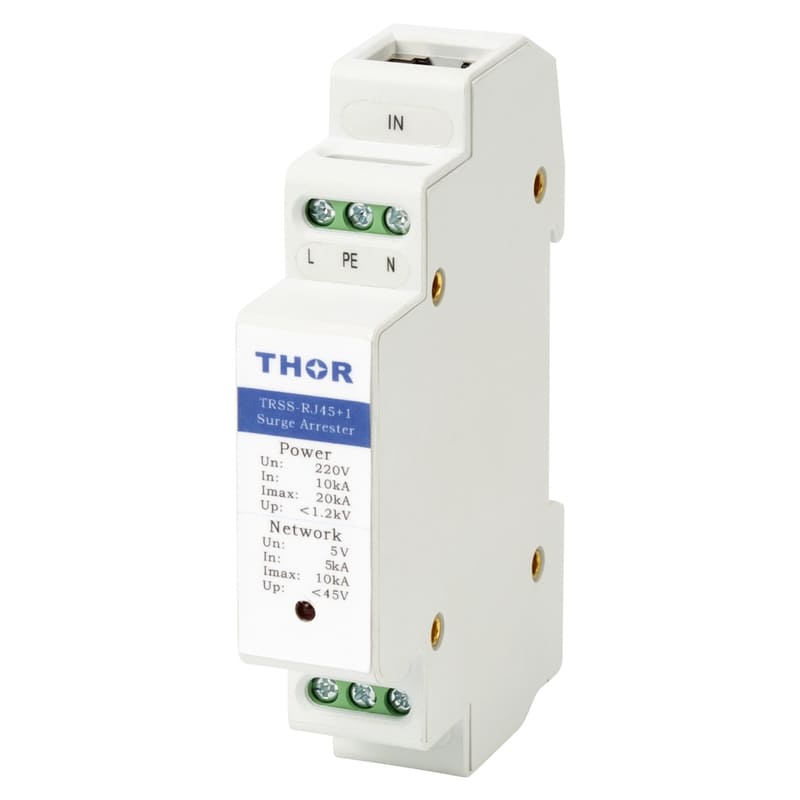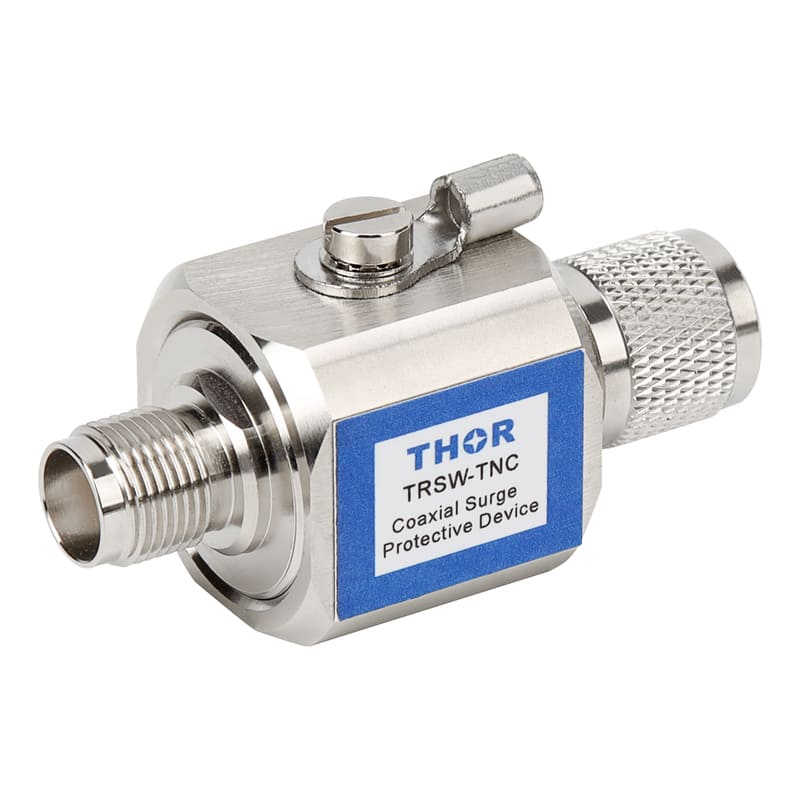There are significant differences in many aspects between aluminum case signal products, iron case signal products and plastic case signal products. The following is a detailed analysis of these differences:
1. Material and appearance
Aluminum shell signal products:
Material: Made of aluminum alloy and other metal materials.
Appearance: It usually has a metallic texture and a high-end appearance, and can be subjected to a variety of surface treatments as needed, such as anodizing, spraying, etc.
Iron shell signal products:
Material: Made of steel and other metal materials.
Appearance: Usually gray or black, with higher hardness and durability, but may not be as beautiful as aluminum shell products.
Plastic case signal products:
Material: Made of ABS, PC and other plastic materials.
Appearance: Usually white or black, the appearance is light and easy to process and shape, but it may not be as high-end as the metal shell.
2. Weight and portability
Aluminum shell signal products:
Weight: Relatively light, easy to carry and install.
Portability: Suitable for occasions that require frequent movement or portability.
Iron shell signal products:
Weight: Relatively heavy, difficult to install and move.
Portability: Suitable for fixed installation or situations that do not require frequent movement.
Plastic case signal products:
Weight: Lightest, easy to carry and install.
Portability: Suitable for various occasions requiring portability.
3. Heat dissipation performance
Aluminum shell signal products:
Heat dissipation performance: Aluminum alloy has excellent thermal conductivity and good heat dissipation effect.
Applicable scenarios: Suitable for long-term work and occasions that require heat dissipation.
Iron shell signal products:
Heat dissipation performance: The thermal conductivity of iron is poor, and the heat dissipation effect is not as good as that of aluminum shell products.
Applicable scenarios: Suitable for occasions that do not require high heat dissipation.
Plastic case signal products:
Heat dissipation performance: Plastic has the worst thermal conductivity and worst heat dissipation effect.
Applicable scenarios: Suitable for occasions with extremely low heat dissipation requirements or where the working environment temperature is not high.
4. Anti-corrosion performance
Aluminum shell signal products:
Anti-corrosion performance: The aluminum alloy shell is not easy to rust and has good anti-corrosion performance.
Applicable scenarios: Suitable for use in humid and corrosive environments.
Iron shell signal products:
Anti-corrosion performance: The iron shell is easy to rust and has poor anti-corrosion performance.
Applicable scenarios: Suitable for use in dry, non-corrosive gas environments.
Plastic case signal products:
Anti-corrosion performance: Plastic casing has certain anti-corrosion properties, but not as good as metal casing.
Applicable scenarios: Suitable for use in general environments, but long-term exposure to highly corrosive environments should be avoided.
5. Electromagnetic shielding performance
Aluminum shell signal products:
Electromagnetic shielding performance: It has certain electromagnetic shielding performance and can reduce the interference of external high-frequency magnetic fields on the circuit.
Applicable scenarios: Suitable for occasions that have certain requirements for electromagnetic shielding.
Iron shell signal products:
Electromagnetic shielding performance: The iron shell has a better absorption effect on high-frequency magnetic fields, but it may cause greater eddy current and heat generation.
Applicable scenarios: Suitable for occasions that require high electromagnetic shielding, but need to pay attention to heat dissipation issues.
Plastic case signal products:
Electromagnetic shielding performance: The plastic shell has poor electromagnetic shielding performance and is susceptible to external electromagnetic interference.
Applicable scenarios: Suitable for situations where electromagnetic shielding requirements are not high.
6. Cost and price
Aluminum shell signal products:
Cost and price: Since the processing and production costs of aluminum are relatively high, the price of aluminum housing signal products is usually higher.
Applicable scenarios: Suitable for occasions with high requirements on product quality and appearance.
Iron shell signal products:
Cost and price: The processing and production costs of iron materials are lower, so the price of iron-cased signal products is usually lower.
Applicable scenarios: Suitable for price-sensitive occasions.
Plastic case signal products:
Cost and price: The cost of plastic materials is the lowest, so the price of plastic case signal products is usually the lowest.
Applicable scenarios: Suitable for occasions with extremely high price requirements.
To sum up, there are significant differences between aluminum shell signal products, iron shell signal products and plastic shell signal products in terms of material and appearance, weight and portability, heat dissipation performance, anti-corrosion performance, electromagnetic shielding performance, cost and price. . When choosing, it can be used as a reference for selecting signal lightning protection products. It needs to be weighed and selected according to specific application scenarios and needs.

